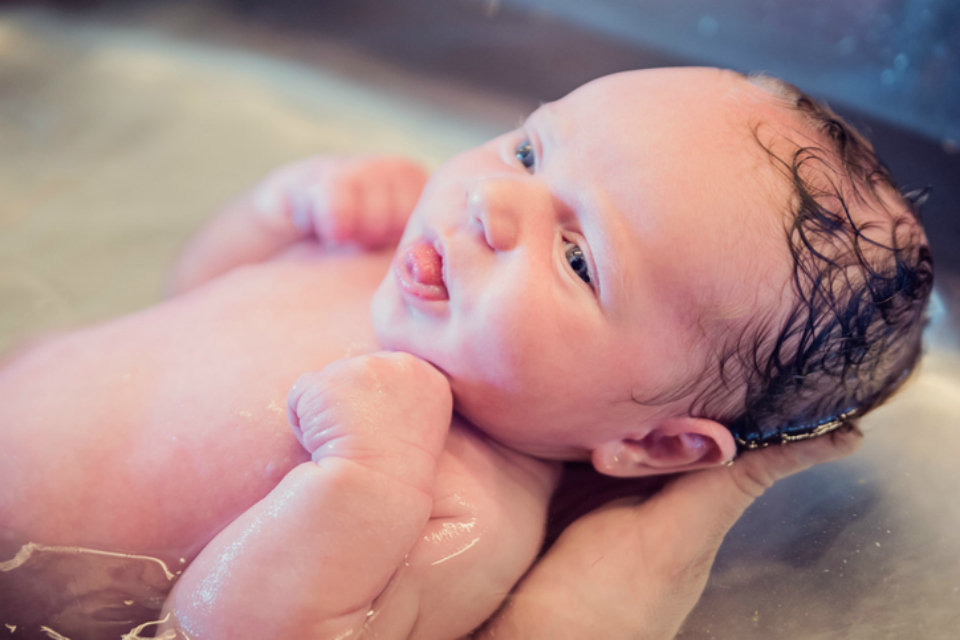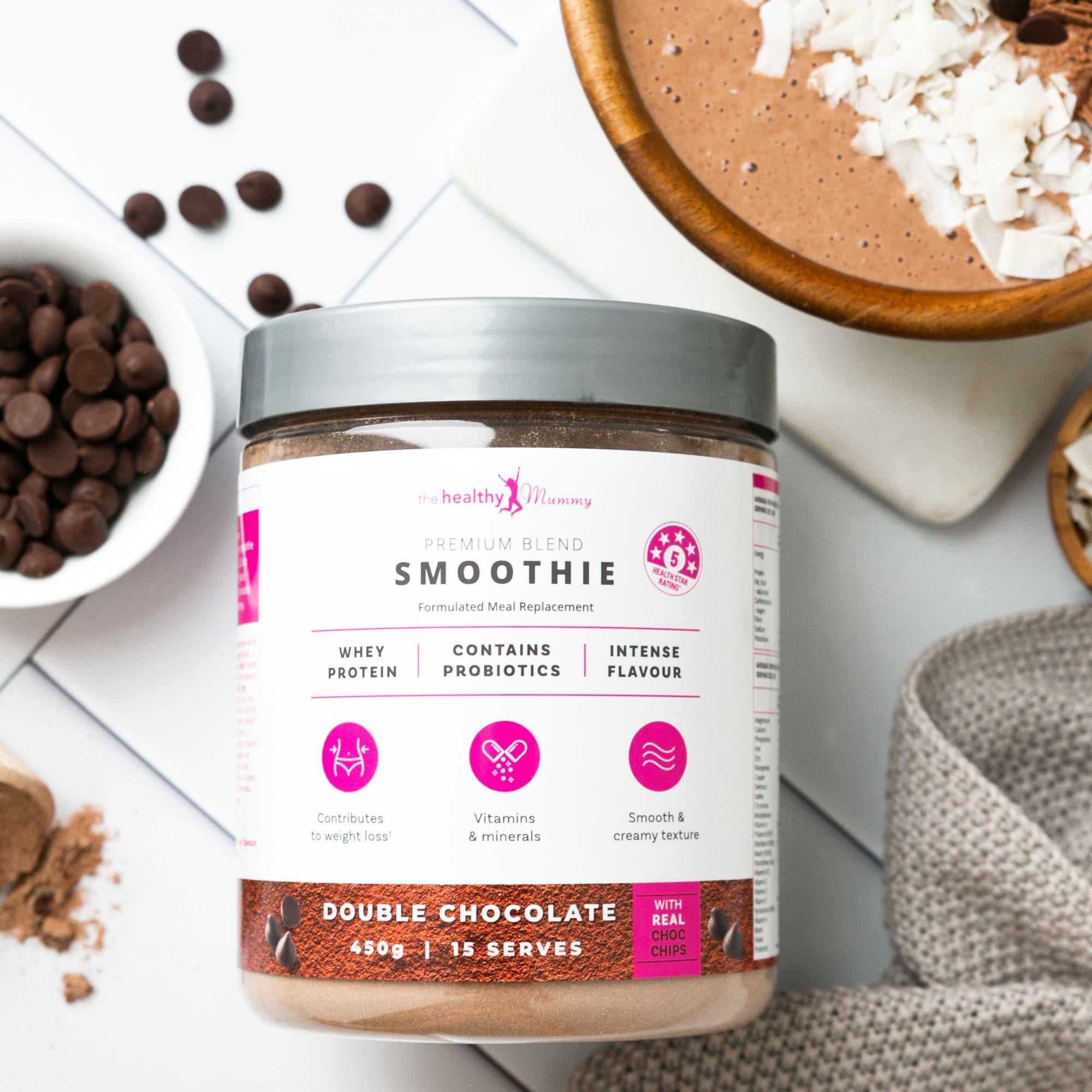5 common skin conditions your baby may suffer with and how to treat it
Midwife, Lactation consultant (IBCLC), Child and Family Health Nurse, baby wearing consultant and mum of two, Bel Moore, shares her top tips on how to care for your baby’s skin.
Newborn skin is so delicate so chemicals, fragrances and dyes in baby skin care, products and clothing can easily cause irritation, dryness and rashes to develop quickly.
A baby’s skin is protected in utero by a waxy substance called vernix, but babies who are overdue will have lost most of this protective covering and their skin can appear very dry or even peel once born.
The saying “soft as a babies bottom” might not ring true in the first few months with these common skin conditions…
Common skin conditions your newborn may suffer with in the first few months
1.Milia
Milia are tiny white lumps that can appear on babies face (usually nose and cheek area) soon after birth. They are harmless and caused by a collection of dead cells getting trapped just below the skin surface. They don’t require any treatment and will go away within the first weeks/months after birth. Don’t squeeze them, as they may scar or get infected.

2.Baby acne
Baby acne appears usually between 3-6 weeks and is due to a mix of the baby producing its own oils and mums lingering hormones in the body.
Red and yellowish bumps appear on the face, but can extend down the body and can appear worse with heat or when the baby is upset. Baby acne will usually resolve on it own and putting products on it can worsen it.
3.Cradle cap
Cradle cap or seborrheic dermatitis of the scalp is fairly common in babies and usually goes away by 6-12 months. They aren’t sure what causes it, but it is harmless and doesn’t require any specific treatment.
Some parents massage the scalp with coconut oil or breastmilk to soften the flakes and then comb them out with a toothbrush to remove.

4.Eczema
Eczema is a group of conditions that cause the skin to become red, itchy and inflamed. The exact cause is unknown but there is a genetic and environmental trigger link.
Eczema in babies under six months usually appears on the face, cheeks, chin, forehead and scalp. Check with your doctor or paediatrician about treatment as you will need to identify the triggers and the baby may need prescription cream for flare ups.
5.Nappy rash
Nappy rash is usually caused by a wet or dirty nappy irritating the skin or from a yeast/bacterial infection. To prevent or treat nappy rash try:
- Change nappies regularly and immediately after wet or soiled.
- Wash genital area with cloth wipes and plain water only.
- Pat dry, have nappy off time and let air to the area.
- Use protective ointment to heal and protect.
- Treat suspected thrush. See doctor for any severe nappy rash or if not healing.
Top tips to avoid rashes, irritation and dryness
Avoid frequent bathing
Bathing can remove the natural oils that help protect newborn baby’s skin. Bathing every second day and ‘top and tailing’ in between is recommended for babies with skin conditions such as eczema.
Use natural/low tox/organic baby products
Chemicals and fragrances can be harsh on their sensitive skin.

Try cloth nappies and wipes
Avoid all the chemicals and synthetic fibres in disposables and wipes by using MCN’s and cloth wipes. Great for the environment and will save you money.
Here are five more reasons The Healthy Mummy loves cloth nappies.
Wash all baby’s clothing and bedding before being used
Clothes and blankets can contain left over dye, chemicals, dust and bugs from the manufacturing, importing and storage process. Wash all items in baby friendly laundry detergent before being used to reduce the risk of these containments.
Interesting stuff, thanks Bel!
As we all know, being a mum can be exhausting which can leave us too tired to eat the right foods and get the right nutrition in our diets. This is where The Healthy Mummy Smoothie can help.

The Healthy Mummy smoothie has been created to help mums benefit from a wide range of nutrients which can also help support your healthy eating plan and exercise routine if you are trying to lose weight.
It offers an excellent source of essential vitamins, minerals, nutrients and important antioxidants. In addition, it has no weight loss accelerants, caffeine, contains no wheat ingredients, no fructose, is 96 per cent sugar free and is dairy free. It is also a non-genetically modified product and is breastfeeding friendly.











